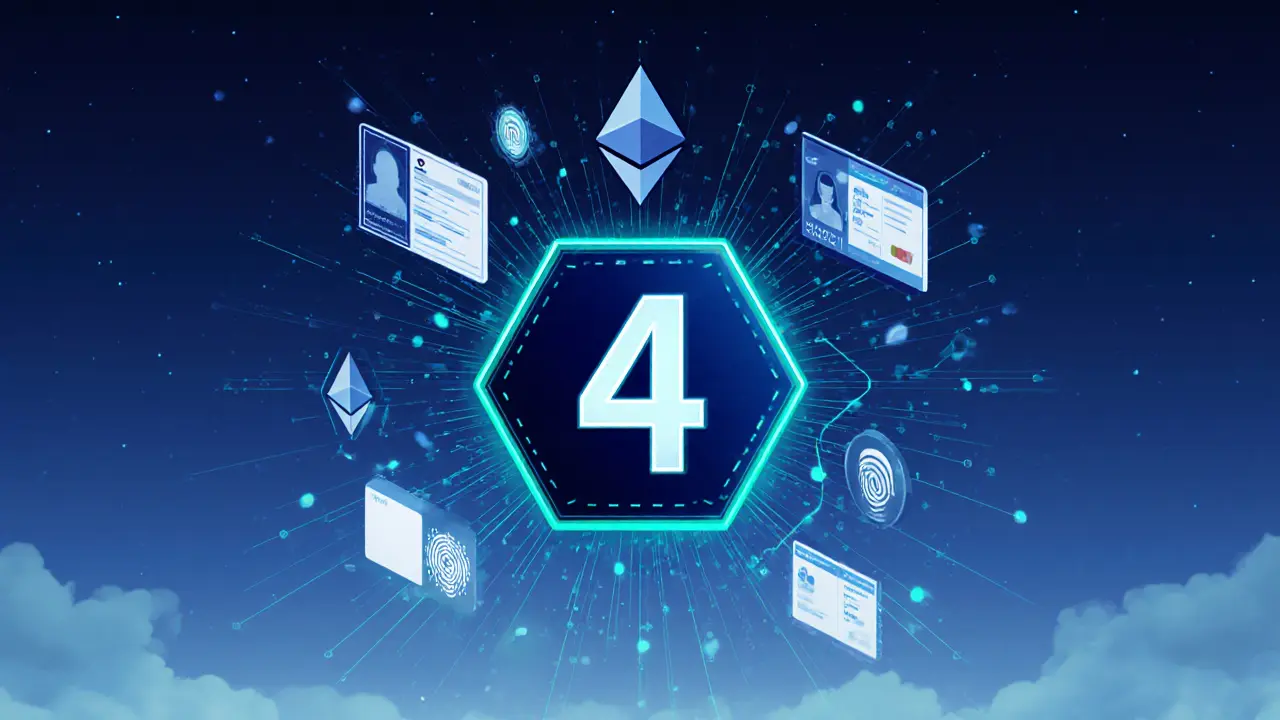The 4th Pillar: Crypto Licensing, Regulatory Sandboxes & Exchanges
When working with The 4th Pillar, you’re dealing with a framework that links compliance, licensing, sandbox programs and exchange operations in the crypto world. The 4th Pillar is a concept that brings together the legal and operational sides of digital assets, helping projects stay on the right side of regulators while still moving fast. Also known as Crypto Compliance Pillar, it serves as a reference point for anyone building or investing in blockchain ventures.
Why the Pillar Matters
Crypto Licensing is the first building block of the Pillar. In the US, it means registering as a Money Service Business, applying for a BitLicense, or securing state‑level money‑transmitter permits. Getting licensed removes uncertainty, lowers banking friction, and signals legitimacy to users. The Pillar encompasses crypto licensing because without a proper permit, exchanges and token projects can be shut down overnight.
Crypto Regulatory Sandbox represents the experimental side of the Pillar. Sandboxes let innovators test new DeFi protocols, stablecoins or NFT marketplaces under relaxed supervision while regulators monitor risk. Countries like the UK, Singapore and the EU’s MiCA framework run sandbox programs that directly feed into the Pillar, shaping future licensing rules and market standards.
The third core piece is Crypto Exchanges. Whether it’s a centralized platform like Koinde or a decentralized DEX such as DackieSwap, exchanges are the public face of the Pillar. They implement licensing requirements, adopt sandbox‑tested features, and provide liquidity that makes tokenomics work in practice. The health of an exchange often reflects how well the Pillar’s compliance and innovation components align.
Putting these together creates clear semantic connections: The 4th Pillar encompasses crypto licensing; it requires a regulatory sandbox to innovate safely; and crypto exchanges influence how the Pillar operates in real markets. This trio also shapes tokenomics—rules around fees, taxes and supply mechanics—because a licensed, sandbox‑tested exchange can enforce token designs like SafeMars’ 4% tax or PREME’s bridge function without breaking regulations.
Below you’ll find a hand‑picked collection of guides, reviews and deep dives that flesh out each side of the Pillar. From step‑by‑step licensing checklists and sandbox application tutorials to exchange safety analyses and tokenomics breakdowns, the articles give you actionable insight. Dive in to see how the Pillar helps you navigate today’s fast‑moving crypto landscape.

FourCoin (FOUR) Explained: Utility Token, How It Works & How to Buy
Oct 15, 2024, Posted by Ronan Caverly
FourCoin (FOUR) is a utility ERC‑20 token for The 4th Pillar's identity platform. Learn its purpose, tech, price, where to buy, and investment risks.
MORESEARCH HERE
Categories
TAGS
- decentralized exchange
- crypto exchange review
- cryptocurrency
- crypto coin
- CoinMarketCap airdrop
- smart contracts
- tokenomics
- cryptocurrency exchange safety
- crypto exchange
- cryptocurrency airdrop
- crypto airdrop
- cryptocurrency exchange
- crypto airdrop guide
- blockchain token distribution
- DeFi
- crypto exchange scam
- crypto airdrop 2025
- Ethereum
- cross-chain interoperability
- ERC-20
